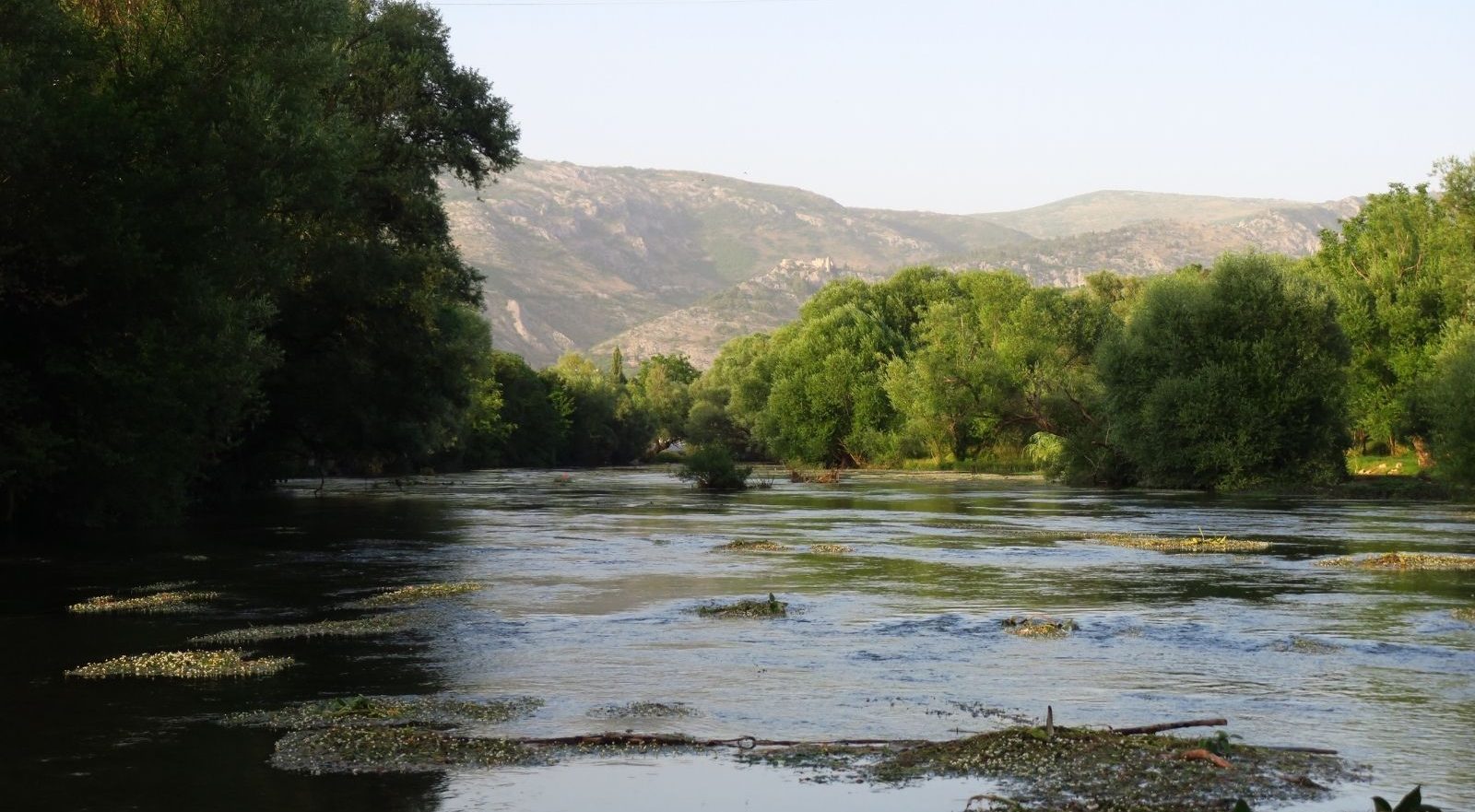
by Victoria Shevchuk
Why do most here see the just transition as threat to their well-being?
The coal industry is the definition of stability for those who were born in coal regions. So any changes are seen as a threat to this lifestyle.
Just transition, as it tends to be framed, is a daunting process. Switching from one standard or habit to something unknown is difficult. It takes time and requires a range of things to align. Therefore, to undergo the profound, just transition of the coal mining regions, it is crucial to consider the local people’s involvement, opinions, and wishes.
Such a participatory approach is an essential element of just transition. Engaging communities often requires thinking outside the box and careful consideration of the best involvement means for further cooperation. The various programmes, initiatives and projects need plenty of participatory engagement methods, such as focus groups, events, newsletters, surveys, regional dialogues and platforms for discussion, citizens’ forums and workshops.
This is happening in Bosnia and Herzegovina. Just transition always starts from the understanding of the place: what was here before the coal industry appeared?
The Center for the Environment used this turning point for bringing people near the Zlauša coal mine to dialogue about their future vision without coal. The group screened a documentary about their local natural heritage, the river Bliha, that the coal industry destroyed.
The peoples’ life stories are woven into the story of the river. While moving upstream, the film follows their memories and the river, an area with numerous natural and cultural-historical potential. But this heritage faces one significant environmental problem, the open coal mine Zlauša.
In this way the film shifted the community’s thoughts in a different direction by discussing developing tourism in the region and the potential of the Bliha river and its waterfall.
The screening revealed a number of issues that locals had been neglecting. The film provided space for people to express their thoughts, feelings and voices from others. Amila Saleš, a resident of Sanski Most, said that it was very emotional to enter people’s lives and find out what is going on in their backyard.
She said, “We are all full of pride talking about tourism, almost everyone knows about our Blihin waterfall, but we do not have an adequate, sustainable protection and management plan. It is devastating that I did not know what problems the villagers in the local community of Fajtovci are facing. But on the other hand, I am delighted that we managed to give vision to the people from the village and what they have a lot to say and promote local values and products of hardworking women Bliha who also participate in the film.”
Majda Ibrakovic, who coordinates the campaign” Stop dirty energy, the future is renewable” at the Center for the Environment had similar remarks. “We intended to hold this small pre-premiere first for the locals of the settlements through which Bliha flows and, of course, the actors in the film because the content and messages concern their attitudes regarding the environmental problems they face. This film is just a means of mutual communication and reaction, and at the same time an occasion for the community to protect the area and the River Bliha.”In this way film was crucial to understand what community members want.
